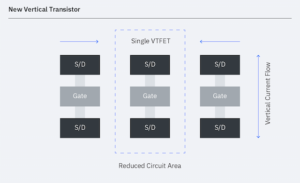The USA was definitely the center of the action last week with major announcements from Intel and Microsoft – spanning tech areas as diverse as fab construction and game development. Let’s start with Intel, while the Microsoft news can be found in our Acquisition paragraph.
Intel to build two new fabs in Ohio
Intel has announced plans for an initial investment of more than $20 billion in the construction of two new chip factories in Licking County, near Columbus, Ohio. In addition to providing capacity for Intel’s own products, these new factories will support the company’s new foundry business. The initial phase of the project is expected to create 3,000 Intel jobs and 7,000 construction jobs, and to support tens of thousands of additional local long-term jobs across the ecosystem. Spanning nearly 1,000 acres, the site can accommodate a total of eight fabs – as well as support operations and ecosystem partners. Intel stated that the total investment in the site could grow to as much as $100 billion over the next decade, making it one of the largest semiconductor manufacturing sites in the world. “The scope and pace of Intel’s expansion in Ohio, however, will depend heavily on funding from the CHIPS Act,” said Keyvan Esfarjani, Intel senior vice president of Manufacturing, Supply Chain and Operations. Construction is expected to begin late in 2022, while production is expected to come online in 2025. As part of Intel’s announcement, Air Products, Applied Materials, LAM Research and Ultra Clean Technology have indicated plans to establish a physical presence in the region. “The Columbus Dispatch” daily newspaper has a story on how Ohio won the bid by Intel. The article quotes a letter from Intel CEO Pat Gelsinger to the Ohio governor, saying “Ultimately, we hope to establish the largest semiconductor manufacturing site on the planet.”









